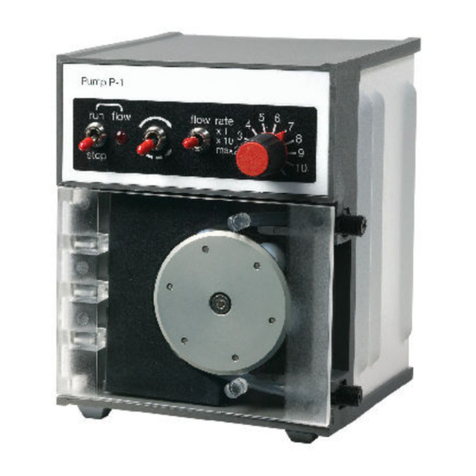
Table of Contents
Important user information ................................................................................................... iii
1 Introduction ........................................................................................................ 5
2 Product Description ........................................................................................... 6
2.1 Main panel ........................................................................................................................................................ 7
2.2 Side panel .......................................................................................................................................................... 9
2.3 The pump mechanism ................................................................................................................................. 11
3 Installation .......................................................................................................... 12
3.1 Unpacking ......................................................................................................................................................... 13
3.2 Mains installation .......................................................................................................................................... 14
3.3 Assembling the pump tubing .................................................................................................................... 16
3.4 Inserting the tubing ...................................................................................................................................... 17
3.5 Setting the flow rate ...................................................................................................................................... 18
4 Operation ............................................................................................................ 19
4.1 Using Peristaltic Pump P-1 in chromatography ................................................................................. 20
4.2 Connecting the pump .................................................................................................................................. 21
4.3 Connections to the remote control socket .......................................................................................... 23
4.4 Calibration of volume information .......................................................................................................... 24
5 Maintenance ....................................................................................................... 25
6 Technical Specifications .................................................................................... 27
7 Accessories and Spare Parts ............................................................................. 28
Appendix A: Solvent resistance of the pump tubing .............................................. 29
Table of Contents
2 Peristaltic Pump P-1 User Manual 59469801 AM




























